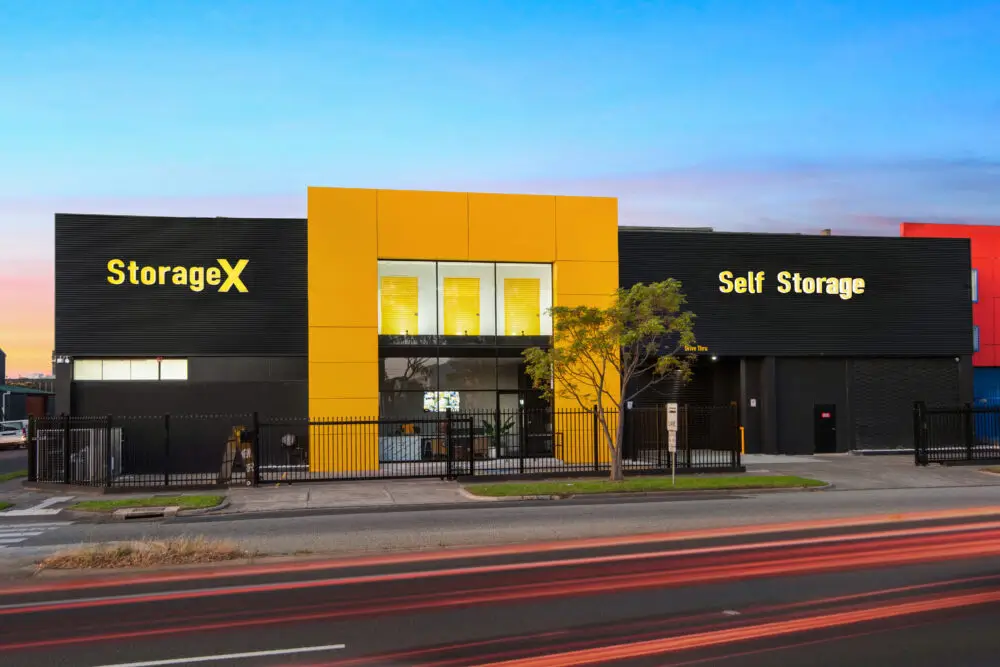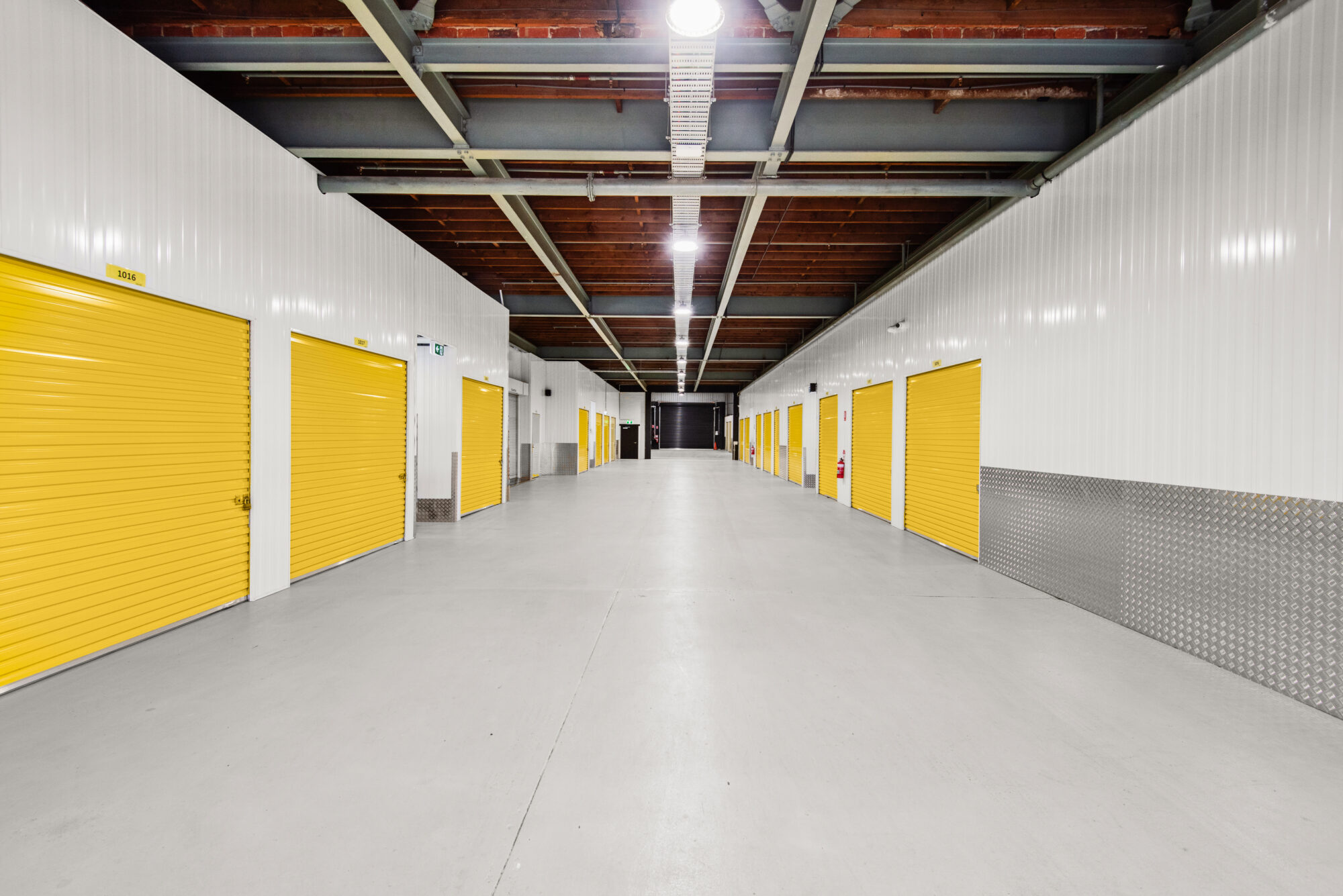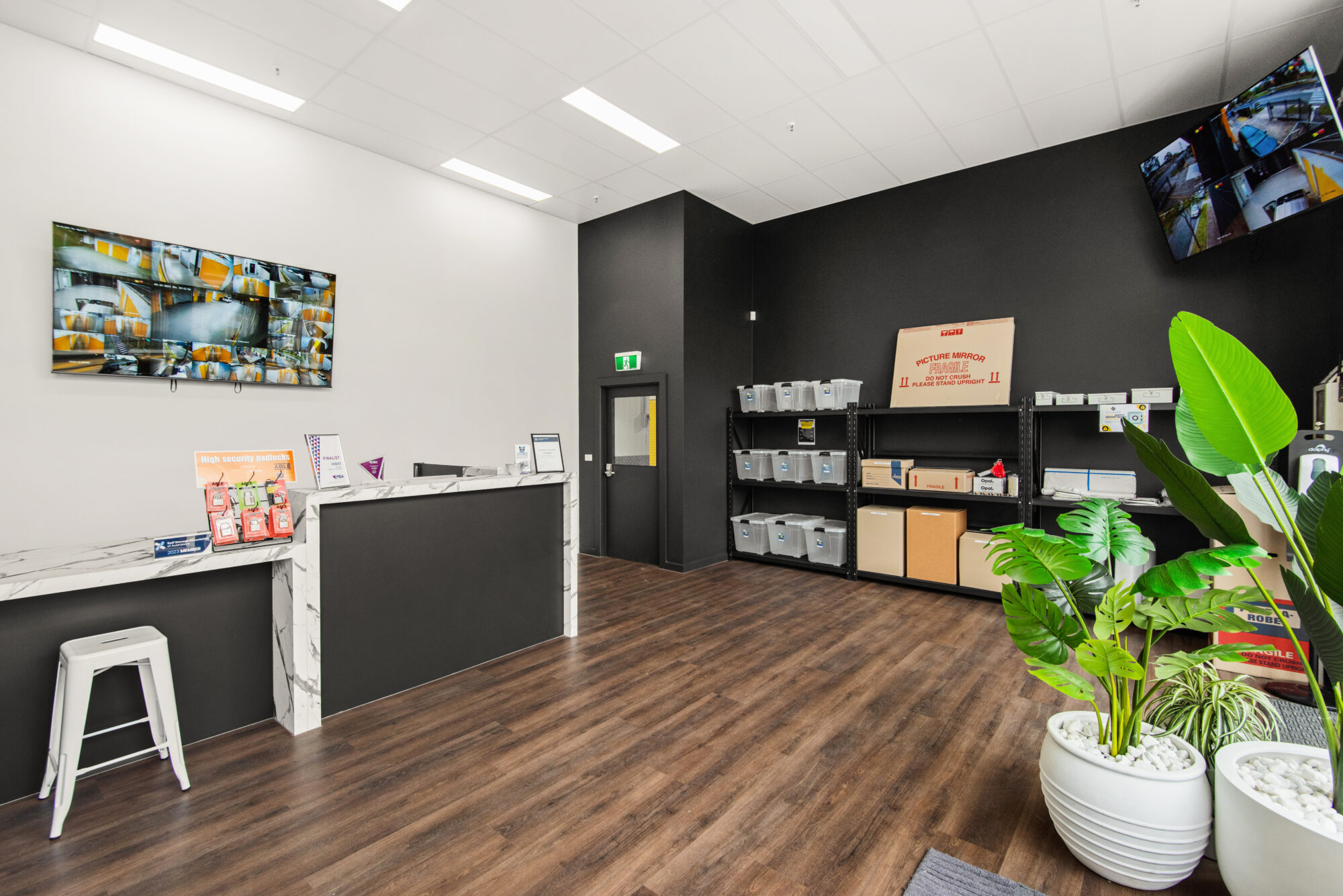STORAGE X, 7 DAYS A WEEK ACCESS, NO LOCK-IN CONTRACTS.
Self Storage Units in Melbourne
Servicing: Oakleigh, Clayton, Chadstone, Huntingdale, Mount Waverley and all neighbouring suburbs.
Explore Top-Rated Self Storage Units in Melbourne
Need more space? Here at StorageX our facility and team offer a diverse range of different storage units to help fit all your needs. Whether moving house, running out of space for your business or needing to store that prized possession, StorageX can provide the space you need.
We all need more room sometimes. Whether your moving home or expanding upon your business sometimes we just need more space. With multiple different unit sizes, specialty storage and our team ready to give you a hand, StorageX is the best solution for your storage needs.
Find our location or Visit the complex
Book the storage unit fit for you

Make the move to the unit

24/7 Access to your belongings
Convenient Self-Storage Features
Here at StorageX, we make sure to provide the best storage solution for you. Situated on North Road we provide everything required to get the space you need. Our drive through facility provides a variety of different unit sizes. Learn more of our safety deposit boxes services.

Commercial
Does your business require more space. Business can change very rapidly and before you know it you and your work team may be scrambling for additional room. Here at StorageX we can provide the additional space required to help you and your business needs. Does your business require more space. Business can change very rapidly and before you know it you and your work team may be scrambling for additional room. Here at StorageX we can provide the additional space required to help you and your business needs.

Residential
Moving can prove a real challenge, find more space with help from StorageX. Here at StorageX we can help you find an affordable storage unit that fits you and your needs. A self storage unit can help fill the gap between when you must leave your current place right up until your new move in. Rent a unit today!
STORAGE X IS THE WAY
Safe, Secure Self Storage Solutions
Safe, Secure Self Storage Solutions
Not matter what your storing its important to make sure its tightly secured. You can feel confident with storing at StorageX, we have implemented several security measures including:
- 24/7 Camera Security Surveillance
- Individually alarmed units
- Coded key pads at all entrances
- Lighting on all areas of facility
- Fenced Perimeter
Chat with our team about other security measures in place.


OFFICE HOURS
M-F: 8:30am – 5:00pm
SAT: 8:30am – 2:00pm
ACCESS HOURS
7 Days Per Week
5:00am to 10:00pm

